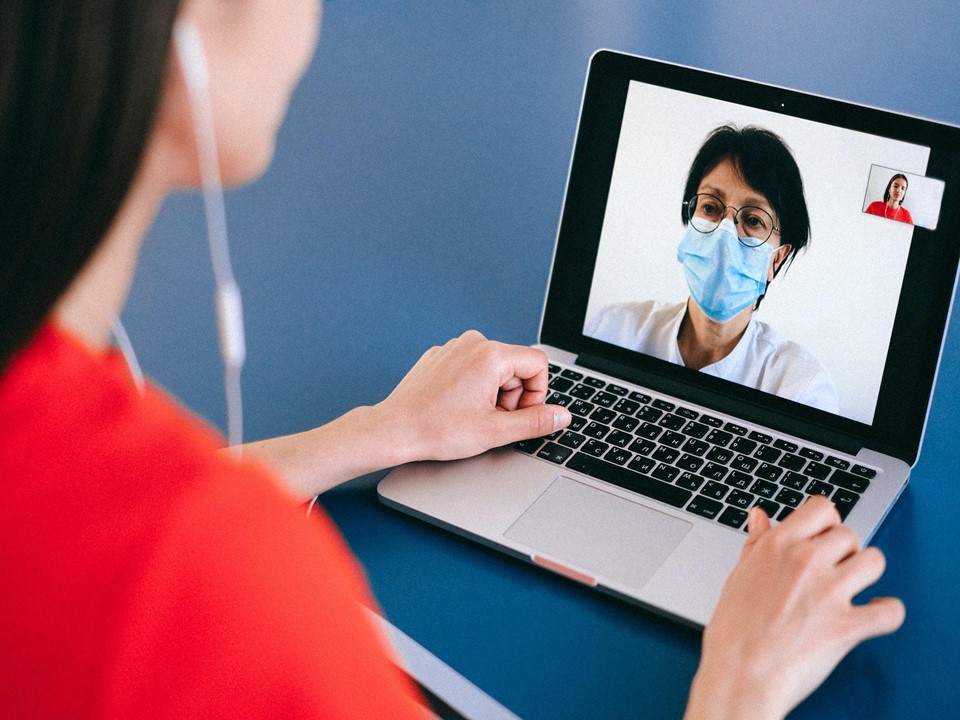Image: Pexel
Vivian Summer. Guest Blogger
Telemedicine has become increasingly popular, especially over the past few years during the COVID-19 pandemic. Virtual doctor’s appointments allow patients to conveniently access healthcare from the comfort of their homes. While telemedicine offers many benefits, it also comes with some challenges. Use these tips to make sure your telemedicine visits are productive and successful.
Schedule Appointments in Advance
Don’t wait until you’re sick to test out telemedicine. Take the time to download your healthcare provider’s telemedicine app and set up your account when you’re feeling well. It allows you to get familiar with the technology ahead of time so you don’t have to figure it out when you’re not feeling your best. It also gives you time to test your internet connection and audio/visual capabilities.
Find a Private Space
To maintain privacy and prevent interruptions, find a quiet spot in your home to take the virtual visit. Inform others in your household that you have a healthcare appointment and close the door to the room you’ll be using. Your provider may discuss sensitive health information, so finding a private space is important.
Prepare Any Necessary Materials
Compile a list of any medications you’re taking, including dosages. Have a pen and paper handy to take notes. Gather details about your symptoms or health concerns so you can explain them clearly to the provider. It will help maximize your time during the appointment.
Optimize Lighting and Camera Angles
Position your camera at eye level and make sure your face is well-lit. Don’t sit directly in front of a window, as this can make you appear in shadow. Poor lighting can make it hard for the provider to assess your appearance and symptoms.
Test Equipment Ahead of Time
Log into the telemedicine platform 10-15 minutes before your scheduled visit. Make sure your internet connection, camera, and microphone are working properly. Troubleshoot any technical issues beforehand so you don’t run into problems once your appointment starts.
Be Detail Oriented When Describing Symptoms
Since the provider cannot physically examine you, it’s important to thoroughly explain your symptoms and health issues. Be prepared to show rashes, injuries, or skin conditions on camera. Mention how long symptoms have been present and what makes them better or worse. The more detail you can provide, the more effectively the doctor can assess the situation.
Review Appointment Summaries and Follow Up Instructions
At the end of your telemedicine visit, recap any diagnosis, treatment plan, or follow-up instructions provided by your doctor. Request they send you an appointment summary via email so you can review it again after the visit. Having a written record of what was discussed ensures you don’t forget any recommendations or next steps. Follow up promptly on any lab tests, specialist referrals, or prescriptions ordered by the provider.
Ask Your Provider Telemedicine Questions
If you’re new to telemedicine, speak up during the appointment and ask any questions you may have. Inquire about the features of the telemedicine platform so you can utilize them fully during your visit. Ask your doctor if they offer both video and phone appointments and when each option should be used. Get clarity around billing, insurance coverage, and any out-of-pocket fees associated with virtual visits. Don’t be afraid to request technical support if you experience any difficulties with the video or audio connection.
Conclusion
Taking steps to optimize your telemedicine visits will ensure you have productive appointments. It allows you to access quality healthcare conveniently using the latest technology. Compiling health records, testing equipment, finding a private space, and communicating with the provider will lead to successful virtual visits. Telemedicine expands access to care – use these tips to maximize its potential. And be sure to browse online health insurance quotes to navigate the complexities of finding insurance coverage that includes telehealth benefits.

